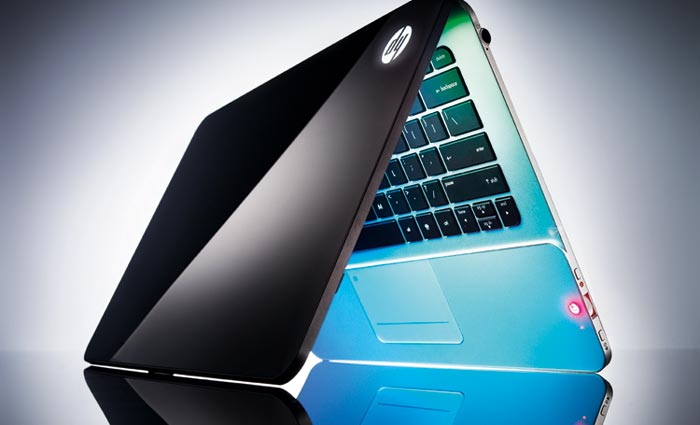
HP officials would not comment on the departure of Vyomesh “VJ” Joshi, formerly executive vice president of IPG, who leaves after more than three decades with the company.
An Australian HP spokesperson told ProPrint it was “too early to speculate” on what the merger would mean for the local market.
“But what we can say is this will improve the customer and partner experience and make it easier to do business with one, integrated HP, by simplifying our go-to-market strategy, branding, supply chain, and customer support worldwide,” the spokesperson said.
HP said it would keep the same senior VPs who are running the commercial printing business and had no changes planned for the upcoming Drupa.
According to the company: “Today’s announcement will improve the customer experience for both printing and PC customers and make it easier to do business with HP by simplifying our go-to-market strategy, branding, supply chain and customer support worldwide.
“HP remains the undisputed leader in the printing and imaging industry and is well-positioned to capture the shift from analog to digital printing. We continue to drive innovation across the graphics business with our HP Indigo and Inkjet Web Press portfolios and large-format systems.”
HP cited double-digit growth “for many consecutive quarters” in its Indigo page volumes, an R&D spend of more than $1 billion across the graphics business since Drupa 2008, and the introduction of 10 new digital printing systems at Drupa 2012 as evidence of its commitment to the graphic arts market.
The group’s PC and printing units generated $65bn in sales last year, more than half of HP’s total revenue. But HP’s suggestion that it will be business as usual — at least for commercial printing — could be a hard sell given the departure of Joshi. Under his leadership, IPG saw revenues grow from $19bn to $26bn, while operating profit nearly doubled to approximately $4bn.
“Under his leadership, IPG accelerated innovation and pioneered solutions that transformed the printing market,” said chief executive Meg Whitman in a statement. “We wish him the very best as he embarks on a new chapter in his life.”
The joint printing and PC entity, named Printing and Personal Systems Group, will be headed by Todd Bradley, who has been serving as the executive VP of the PC side since 2005.
The reorganisation announcement came as a bit of a surprise to analysts, and many questioned the move, though much of that criticism was focused on viability of HP’s consumer printing efforts going forward.
But Whitman dropped some hints that changes were in the offing during a February earnings call, when she told analysts that commercial digital print revenues were “doing quite well, but not developing fast enough to replace the revenues we’ve been losing”.
“We have work to do here and are aggressively exploring ways to build on IPG’s leadership given the realities of today’s marketplace,” she added.
HP tried a similar merger of PC and printing into one organisation under Carly Fiorina, but the next chief executive Mark Hurd separated the two divisions again when he took over in 2005. Whitman’s predecessor Leo Apotheker was ousted shortly after floating a plan last August to sell or spin off its PC division. Whitman quickly said HP would keep the PC group when she came on board.
This article originally appeared at printweek.com
Comment below to have your say on this story.
If you have a news story or tip-off, get in touch at editorial@sprinter.com.au.
Sign up to the Sprinter newsletter
